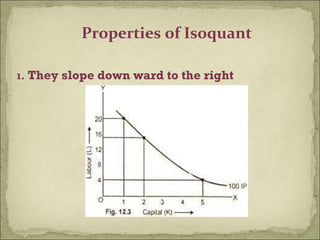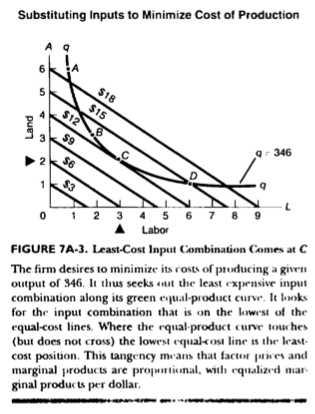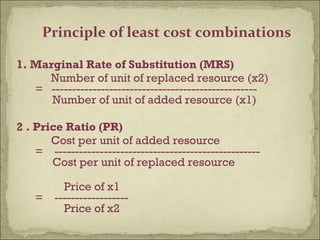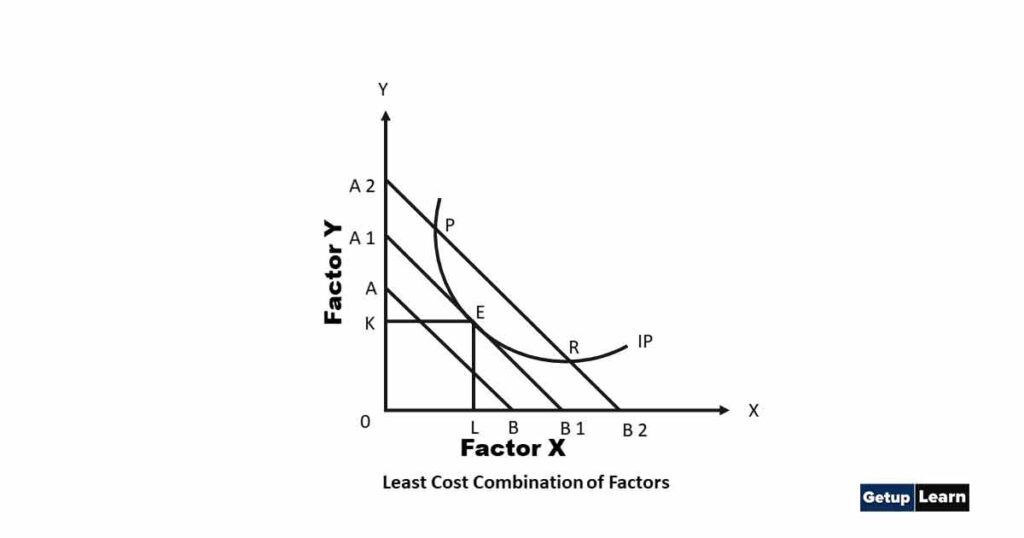In economics, the concept of the least cost factor combination refers to the optimal mix of inputs that a firm uses to produce a given output in the most cost-effective manner. This concept is based on the idea that firms aim to minimize their production costs in order to maximize profits.
There are various factors of production that a firm can use in the production process, including labor, capital, and raw materials. Each of these factors has an associated cost, and the least cost factor combination is the mix of inputs that minimizes the total cost of production.
To determine the least cost factor combination, firms must consider the relative prices of the various inputs and the technological relationship between the inputs and the output. This relationship, known as the production function, describes how the quantity of output changes as the quantity of inputs changes.
For example, consider a firm that produces widgets. The firm has two options for producing widgets: it can either use labor and capital, or it can use labor and raw materials. The cost of labor is $10 per hour, the cost of capital is $20 per hour, and the cost of raw materials is $5 per widget.
If the firm uses labor and capital to produce widgets, it will have a total cost of $30 per widget (assuming that one hour of labor and one hour of capital are required to produce one widget). If the firm uses labor and raw materials to produce widgets, it will have a total cost of $15 per widget (assuming that one hour of labor and one unit of raw materials are required to produce one widget).
In this example, the least cost factor combination is labor and raw materials, as it results in a lower total cost of production. The firm can maximize its profits by using this combination of inputs to produce widgets.
It is important to note that the least cost factor combination can change over time due to changes in input prices, technological advances, and other factors. Firms must continuously analyze their production processes and adjust their input mix in order to remain competitive and maximize profits.
In summary, the least cost factor combination is the optimal mix of inputs that a firm uses to produce a given output in the most cost-effective manner. By minimizing production costs, firms can maximize profits and remain competitive in the marketplace.







